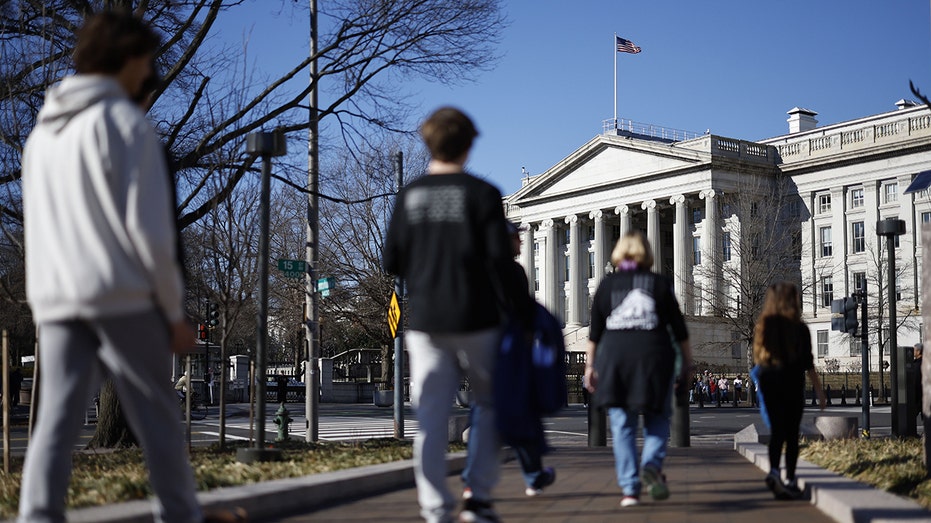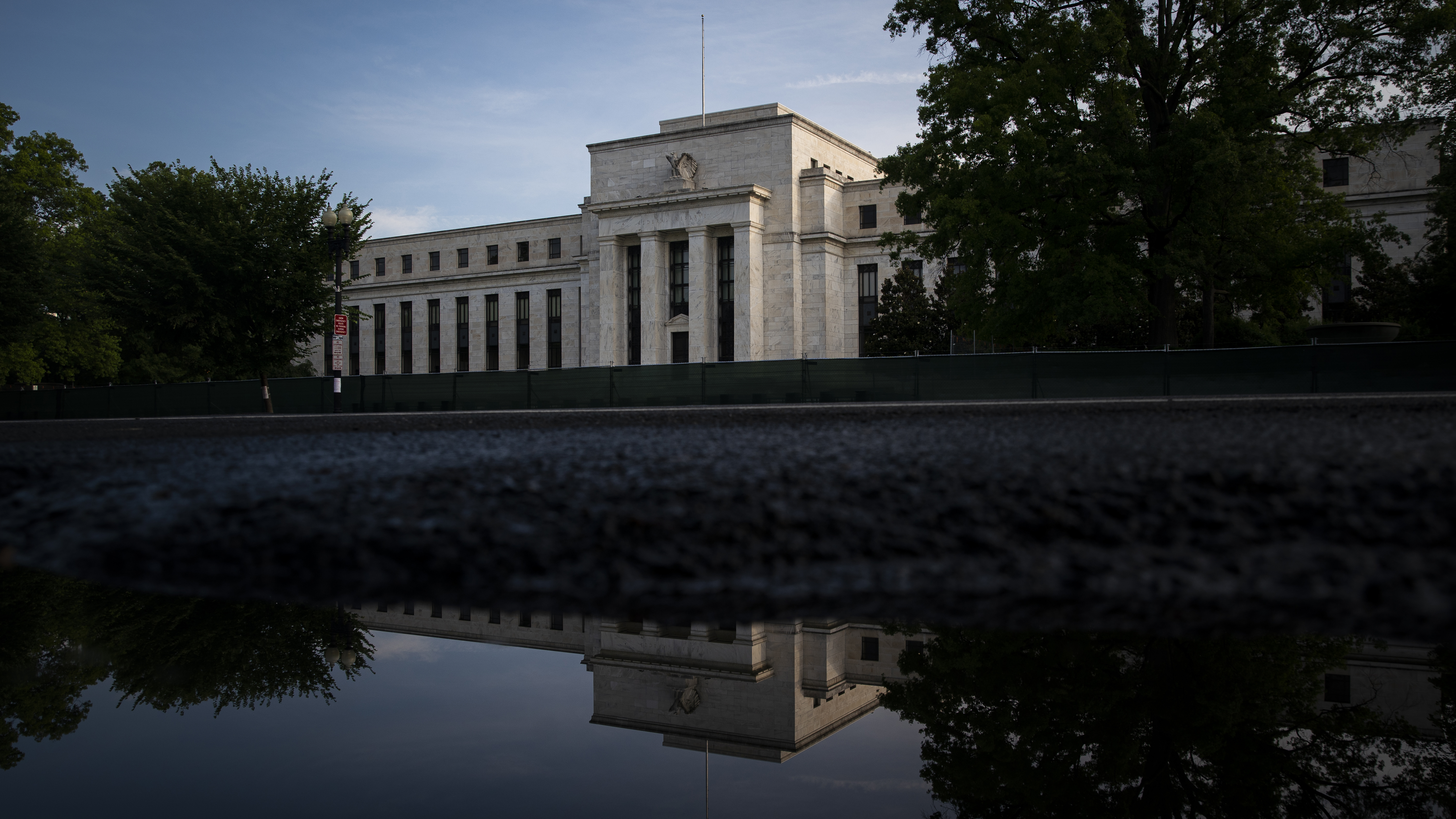Banks boost borrowing from Fed crisis lending programs amid global turmoil
Borrowing from Fed's emergency bank lending program increases amid industry-wide crisis
Banks are suffering the biggest 'crisis of confidence' since 2008: Lou Basenese
Public Ventures chief market strategist Lou Basenese addresses lingering banking worries and explains why he thinks Nvidia stock is 'overhyped' on 'Varney & Co.'
U.S. banks continued to take advantage of a new Federal Reserve emergency lending program this week as turmoil engulfed the financial industry in the wake of several bank failures.
The latest data published by the Fed shows that banks borrowed $53.7 billion from the Bank Term Funding Program as of Wednesday, a marked increase from $11.9 billion just one week ago. The new emergency backstop – which was rolled out on March 12 – provides loans to banks, credit unions and other financial institutions for up to a year on highly favorable terms in exchange for collateral like Treasurys and other government-backed bonds.
Another $110.2 billion was borrowed from the discount window – the more-traditional lending facility that is used to provide liquidity to the U.S. banking system. That is down slightly from the $152.8 billion recorded last week, which smashed a record set during the 2008 financial crisis. The discount window provides loans of up to just 90 days.
ONE YEAR INTO ITS INFLATION FIGHT, THE FED FACES MURKY FUTURE

Pedestrians near the Treasury building in Washington, D.C., on Dec. 30, 2022. (Photographer: Ting Shen/Bloomberg via Getty Images / Getty Images)
The Fed did not identify which banks received the roughly $163.9 billion in funding, nor did it specify how many requested it.
The emergency lending from the Fed comes after the stunning collapse of Silicon Valley Bank earlier in March. It marked the largest U.S. bank failure since the global financial crisis in 2008.
SVB, which largely catered to tech companies, venture capital firms and high-net-worth individuals, saw a huge boom in deposits during the pandemic, with its assets surging from $56 billion in June 2018 to $212 billion in March 2023.
SILICON VALLEY BANK RECKLESS WITH RISK, ESG PUSH: STATE FINANCIAL OFFICERS
The bank responded by investing a large chunk of that cash into long-term U.S. Treasury bonds and other mortgage-backed securities. However, that strategy backfired when the Fed began steadily hiking interest rates and the value of those holdings decreased.

The Silicon Valley Bank (SVB) logo is seen through a rain covered window in front of the SVB headquarters on March 10, 2023, in Santa Clara, California. (Justin Sullivan/Getty Images / Getty Images)
That coincided with a decline in available funding for startups, which started drawing down more of their money to cover their expenses, forcing the lender to sell part of its bond holds at a steep $1.8 billion loss. When depositors realized that SVB was in a precarious financial situation, a bank run ensued.
CLICK HERE TO GET THE FOX BUSINESS APP
The lending program will allow banks to borrow against those bonds should customers wish to make withdrawals, rather than sell them at a loss.





















